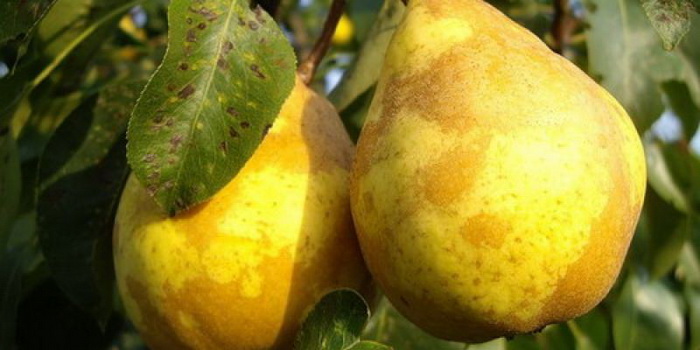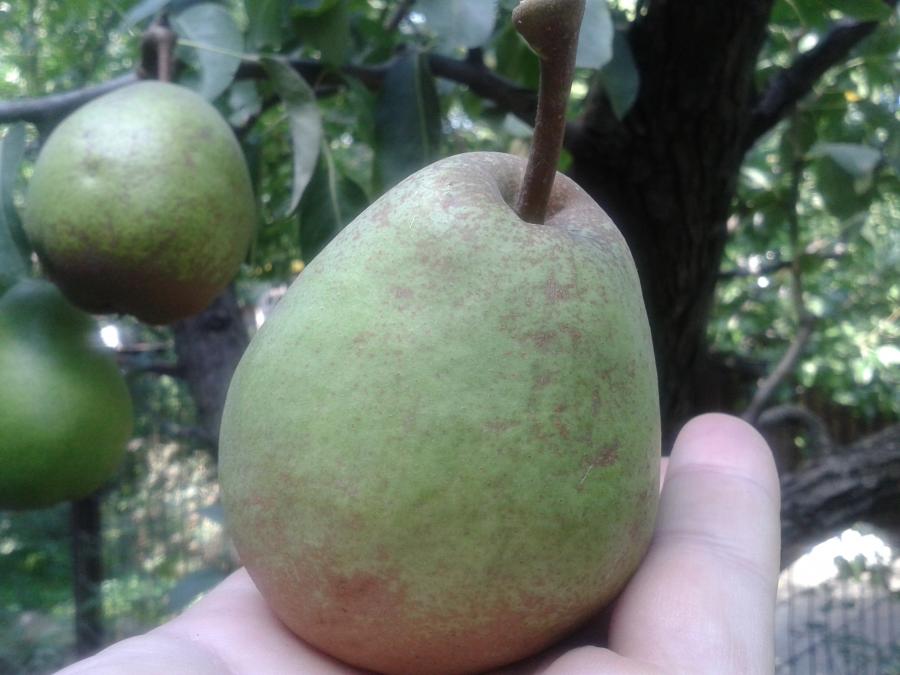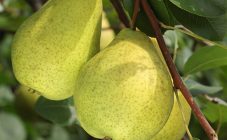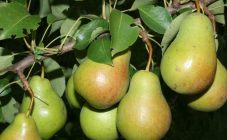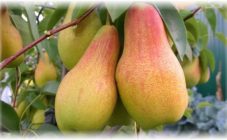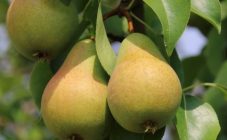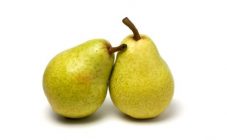Content:
Pear Duchess is one of the most popular fruits not only in Russia, but all over the world. The variety is grown both on private estates and on an industrial scale on plantations. Due to the high yield and the possibility of long-term storage, the fruits are used for canning and transportation. Fruits contain useful trace elements and vitamins that the human body needs.
Description of pear Duchess
The well-known English breeder D. Wheeler bred the pear variety. During his lifetime, culture did not receive the recognition it deserved. The Englishman V. Williams contributed to the wide distribution by presenting the variety at the international exhibition in 1796. The summer subspecies of Duchess pear - Williams summer was named after him.
The benefits of eating pears:
- Eating pears helps to strengthen the body with the necessary vitamins, has antibacterial and anti-inflammatory effects.
- Regular consumption of this soft and juicy fruit helps to normalize metabolism and eliminate harmful substances from the body.
- Duchess pears contain endorphins that have a positive effect on human mood
The unpretentious tree grows throughout Russia. Wet terrain boasts higher yields of Duchess pears. In addition to its excellent taste, the tree has excellent scab resistance. But aphids constantly attack pear plantings, so it is recommended to use special means for additional protection.
Currently, there are two types of Duchess varieties - summer and winter. Both varieties differ little from each other, except for the ripening time, and have subspecies. By the type of trunk, an ordinary pear and a columnar pear are distinguished.
Duchess summer pear Williams
This summer pear variety is prized for its high frost resistance. The tree can reach a height of 3 - 4 m, has a dense pyramidal crown. Smooth, shiny oval-shaped leaves with a pointed end. Soft fruits have a sweet taste and are oblong in shape. The weight of one pear on average varies within 200 g. The tree begins to bear fruit 4 or 5 years after planting.
Winter grade Decanka
The main distinguishing characteristic of the winter variety is the later ripening of the fruit. The pears themselves are no different from their Williams counterparts. Trees begin to bear fruit 6 to 7 years after planting. After harvest in October, the fruit can be kept fresh until spring, only in a cool place. One tree can produce up to 100 kg of wonderful and aromatic pears per season. Also needs help from pollinators. Williams, Bere Ardanpon will do. Fruits can reach gigantic sizes - up to 600 g.They have a sweet taste with a slight sourness.
Variety Duchess Angoulême
Differs in larger fruits and has a bumpy surface. Some sources claim that the origin of this subspecies is unknown. The fruit has a light yellow skin with black dots and spots. The pulp is juicy and with a slightly sour taste. Fruits ripen at the end of August.
Dikiy Moskovsky variety
Trees grow in the southern part of the country. During its life, the tree can grow up to 20 m. Fruits are small - about 150 g. The leaves are rounded.
Landing
Before you start planting seedlings, it is recommended to choose a more suitable place. The choice should be stopped on a lighted, elevated area, well warmed up by the sun's rays. You need to plant a pear, like most horticultural crops, at the beginning of the spring period or in the fall. First, a hole is prepared in the soil with a depth of about 1 m. This must be done 2 weeks before planting. After preparing the pit, it is recommended to add a balanced fertilizer.
After preparing the site, you can start directly planting the seedling. The roots need to be straightened and carefully immersed in the hole, then covered with earth. Be sure to stick a peg or block next to the hole and tie the trunk of the pear to it. This will protect the tree from gusts of wind in bad weather.
If trees are planted in the fall, then in order for the seedlings to survive the winter safely, they should be covered with dense material. As soon as the first snow falls, it must be distributed around the hole to protect not only from frost, but also from various rodents.
It is worth starting to cut the branches of a pear one year after planting. Removing the side branches and then pruning them above the buds will allow the tree to thrive.
Care features
To get a high-quality harvest, you should take maximum care of the trees. This will help to avoid the occurrence of diseases and pests. Here are some guidelines for caring for Duchess pears:
- Seedlings and trees need timely watering. A pear tree should receive about 2 buckets of water per year. The first time you need to water before flowering, the second - after the fruits are set, and the third - after harvesting in the fall.
- In spring, tree trunks and branches should be treated with a special preparation containing copper. For this, copper sulfate or Bordeaux liquid is suitable. In the fall, treatment with antifungal agents is required.
- Every year, you need to feed the roots of the trees with mineral supplements. Every 3 years, bird droppings or cow dung are scattered around the pear.
Disadvantages of the variety
Of all the varieties of Duchess pear, disadvantages can be noted only in the Winter Dekanka variety. Reviews of experienced gardeners speak of the low resistance of trees to the appearance of scab. Therefore, they need to be periodically processed with special means in order to get a good and healthy harvest. Processing should start in autumn. To do this, the fallen leaves are collected in a heap and burned, then the adjacent areas are sprayed with a carbamide solution. It is advisable to repeat the procedure in the spring.
To grow healthy, fruiting pear trees, you need to take proper and timely care of the plantings. Treatment with funds should be carried out in spring and autumn. The result obtained will delight the owners of pear plantations not only with high yields, but also with excellent taste of the fruits. The owners of personal plots will be able to make various preparations for the winter period or keep the fruits until spring, eating them all winter.Harvesting prematurely can rob the fruit of its beneficial properties and impair its taste.
